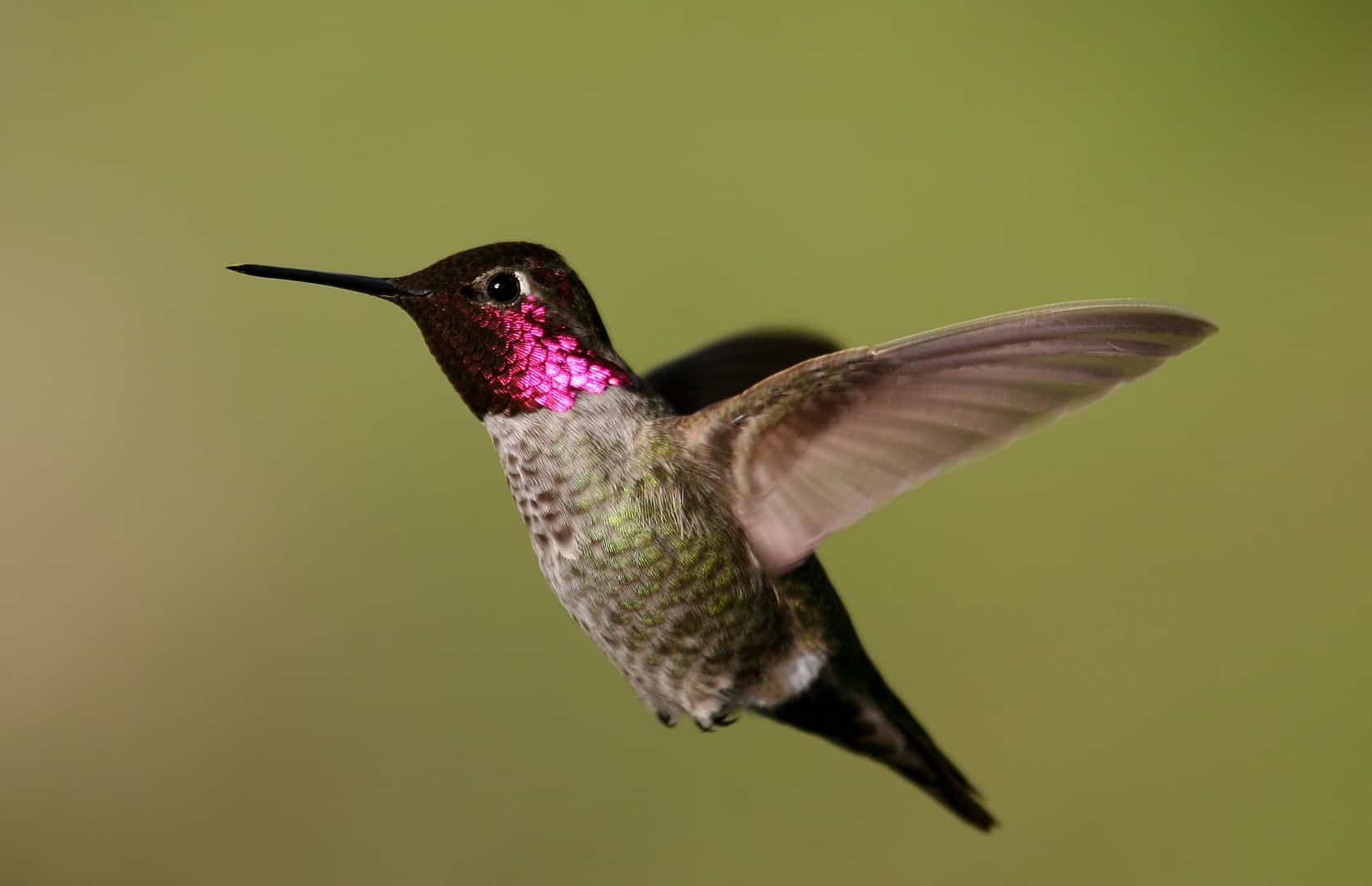Researchers from the University of California have found an intriguing relationship between hummingbirds and their unintentional consumption of alcohol. A fermentation process in the nectar that they consume raises the alcohol content in their diet, leading to sugar water with up to 1% alcohol by volume, the study found.

To fuel their hyperactive metabolism, hummingbirds primarily rely on nectar or sugar water as their main source of sustenance. They consume an astonishing amount, equivalent to up to 80% of their body weight every day. Additionally, they supplement their diet by capturing small insects or pilfering them from spider webs to acquire protein.
However, in their natural habitat, yeast and bacteria abound, and these microorganisms have the ability to ferment the sugars present in the hummingbirds’ diet into alcohol. Although the concentration of alcohol is very small, the copious amounts of nectar consumed by hummingbirds mean that they experience more than just a sugar rush.
“Most of it is water and the remainder sugar. But even if there are very low concentrations of ethanol, that volumetric consumption would yield a high dosage of ethanol, if it were out there. Maybe, with feeders, we’re not only farming hummingbirds, we’re providing a seat at the bar,” biologist Robert Dudley, study lead author, said in a press statement.
An unexpected behavior
During the peak of the COVID-19 pandemic, Dudley and the team of researchers did a series of experiments aimed at investigating the behavior of hummingbirds. Their study focused on three male Anna’s hummingbirds (Calypte anna), which are native to the Bay Area. Observations were made at a feeder located outside Professor Dudley’s office window.
The objective was to observe how these hummingbirds would react to sugar water that contained varying concentrations of alcohol. The researchers prepared different solutions and monitored the birds’ responses. They found hummingbirds had no aversion to sugar water that had up to 1% alcohol. But if this was increased, they then reduced their intake.
“They’re consuming the same total amount of ethanol, they’re just reducing the volume of the ingested 2% solution. So that was really interesting,” said Dudley, who has long studied alcohol consumption.
“That was a kind of a threshold effect and suggested to us that whatever’s out there in the real world, it’s probably not exceeding 1.5%.”
The researchers then tested the alcohol level in sugar water that had sat in the feeder for two weeks and found a much lower concentration, about 0.05% by volume. While it might not seem like a lot, for hummingbirds it actually is, as they eat so much relative to their body size. But since they burn and metabolize the alcohol fast, they are not actually getting intoxicated.
Up next, Dudley and his team want to assess the natural occurrence of ethanol in flowers and investigate the frequency of its consumption by birds. They also want to expand their research to encompass various bird species, such as Old World sunbirds and honey eaters in Australia, which share the nectar-sipping ecological niche with hummingbirds found in America.
The study was published in the journal Royal Society Open Science.






